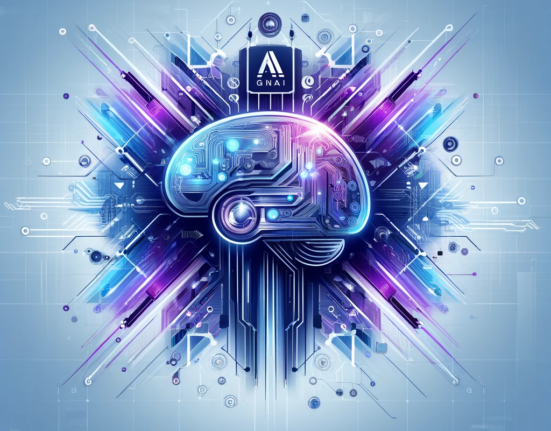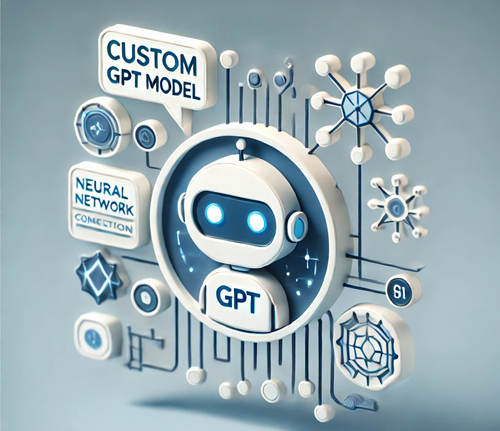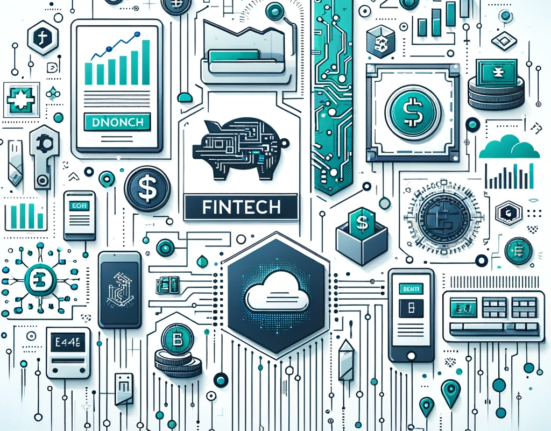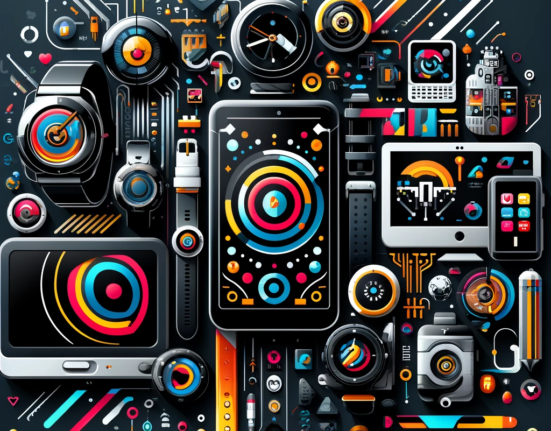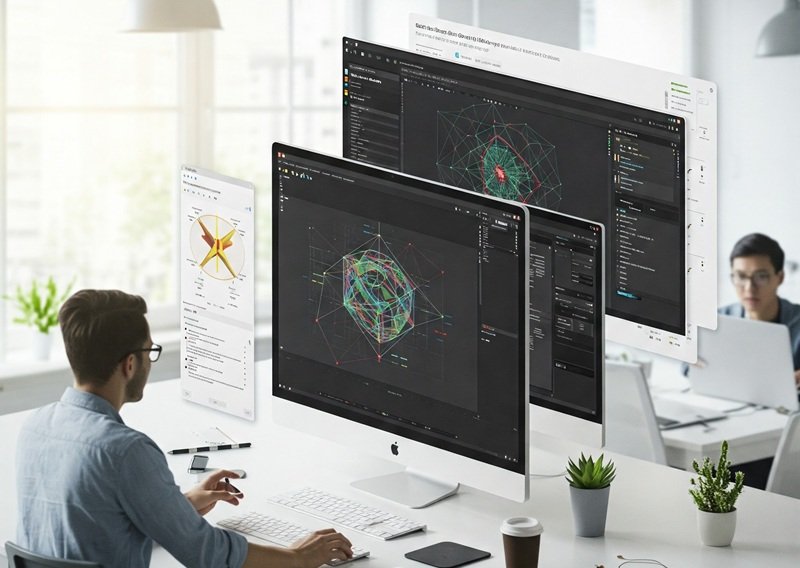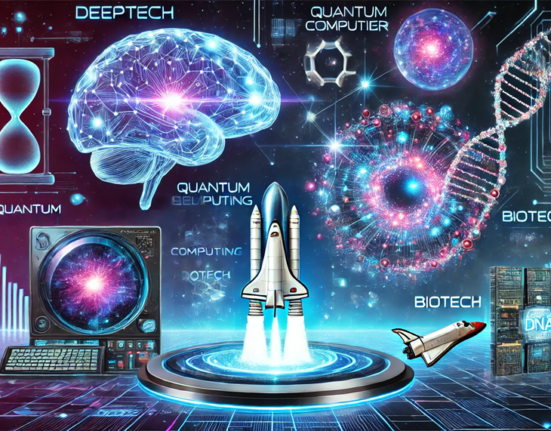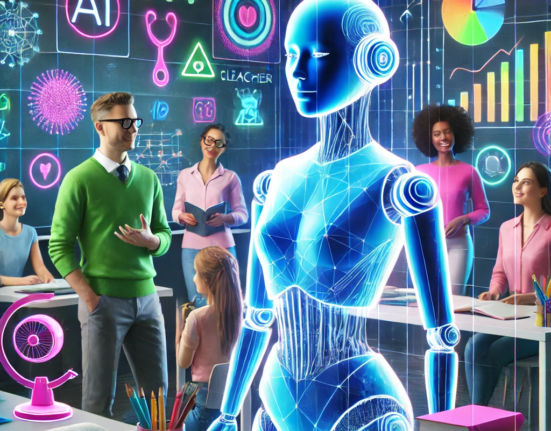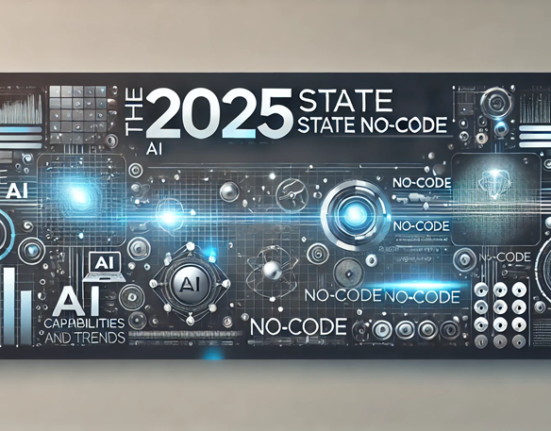Why Generative AI Design Software is Revolutionizing Creativity
Generative AI is transforming the way developers and designers create digital content. From AI-powered graphic design tools to automated UI/UX prototyping, the latest Generative AI design software is helping professionals streamline workflows, boost creativity, and save time.
With AI-driven tools, developers can automate code generation, while designers can use AI for image creation, 3D modeling, and visual effects. The rise of machine learning in design is making these tools smarter, faster, and more accessible than ever before.
Top Generative AI Tools for Graphic Design & UI/UX
If you’re looking for the best AI-powered design software, here are some top tools you should consider:
✅ Adobe Firefly – One of the most powerful AI image generation tools, Firefly helps designers create AI-generated textures, text effects, and concept art.
✅ Canva AI (Magic Design) – A user-friendly AI design tool that automates social media graphics, marketing materials, and presentations.
✅ Figma AI – The AI-enhanced version of Figma streamlines UI/UX design with automated layout suggestions, smart prototyping, and real-time collaboration.
✅ Runway ML – A favorite for motion graphics and video editing, Runway ML uses AI to generate special effects, animations, and video content.
✅ Deep Dream Generator – A popular AI-based tool that creates surreal and artistic visual effects using deep learning.
Best AI-Powered Code Generation Tools for Developers
Developers are also benefiting from Generative AI in software development. Here are the best AI coding assistants:
🔹 GitHub Copilot – A game-changer in coding, Copilot uses OpenAI’s Codex to generate real-time code suggestions, functions, and auto-completions.
🔹 ChatGPT for Developers – With GPT-4, developers can quickly generate code snippets, debug errors, and optimize algorithms.
🔹 Tabnine – An AI-powered code completion tool that predicts and suggests full-function completions in multiple programming languages.
🔹 Mutable AI – Speeds up development with AI-powered code refactoring, bug fixing, and documentation generation.
🔹 Cogram – A relatively new tool that helps developers build complex web applications using AI-powered code synthesis.
Generative AI Tools vs. Regular Tools: Pros & Cons
Here is a comparison table showcasing the pros and cons of Generative AI Tools vs. Regular Design & Development Tools:
| Feature | Generative AI Tools | Regular Design & Development Tools |
|---|---|---|
| Creativity & Automation | ✅ Automates repetitive design tasks, code generation, and layout suggestions | ❌ Requires manual effort for creative and technical work |
| Speed & Efficiency | ✅ Faster content generation, real-time suggestions | ❌ Slower workflow; dependent on user’s skill and time |
| Customization & Control | ❌ Limited customization; AI-generated outputs may need manual tweaks | ✅ Full creative control and flexibility in design & development |
| Learning Curve | ✅ Beginner-friendly; requires minimal expertise | ❌ Steeper learning curve; requires professional skills |
| Accuracy & Precision | ❌ AI-generated designs/code may lack precision and need adjustments | ✅ More precise when handled by skilled professionals |
| Cost-Effectiveness | ✅ Reduces need for extensive manpower and time | ❌ May require hiring experts, increasing costs |
| Innovation & Idea Generation | ✅ Can generate new ideas, patterns, and layouts quickly | ❌ Relies on human creativity; may take longer for concept creation |
| Dependency & Reliability | ❌ Relies on AI algorithms; may produce generic outputs | ✅ More reliable; controlled by skilled professionals |
| Data & Privacy Risks | ❌ AI tools may collect data, raising privacy concerns | ✅ User has full control over data and intellectual property |
| Suitability for Complex Projects | ❌ Not ideal for highly technical or niche creative work | ✅ Best suited for detailed and custom projects |
Key Takeaways: Should You Use Generative AI or Regular Tools?
- For fast, automated design & development: Generative AI tools are the best choice.
- For precise, high-quality work with full control: Stick to traditional design & development tools.
- For hybrid workflows: Use AI tools to assist, but rely on manual tools for refinement.
How Generative AI is Shaping the Future of Web and App Design
Generative AI is no longer just about creating stunning visuals—it’s now influencing website design, app development, and 3D modeling. Here’s how:
⚡ AI-Generated Web Designs – Tools like Framer AI and Wix AI allow designers to build websites without writing a single line of code.
⚡ AI-Powered UI/UX Enhancements – AI tools analyze user behavior to create personalized and high-converting digital experiences.
⚡ 3D Modeling & Product Design – AI-generated 3D models are revolutionizing architecture, gaming, and product visualization.
⚡ AI in Branding & Marketing – Businesses are using AI to generate brand logos, social media content, and personalized marketing assets.
Which Generative AI Tool is Best for You?
🔸 For designers: If you’re a graphic designer, Adobe Firefly and Runway ML offer the best AI-driven creativity tools.
🔸 For UI/UX professionals: Figma AI and Framer AI are ideal for automated prototyping and web design.
🔸 For developers: GitHub Copilot and Tabnine can drastically improve coding speed and accuracy.
🔸 For video creators: Runway ML and Deep Dream Generator provide AI-powered video editing and animation effects.
With Generative AI rapidly evolving, the right tool depends on your needs—whether it’s design, development, or content creation.
The Future of AI in Design & Development
🔹 AI-Powered Virtual Reality (VR) Design – AI will soon be designing immersive VR worlds for gaming, architecture, and simulations.
🔹 AI-Generated Full Websites & Apps – Advanced no-code AI platforms will allow businesses to develop fully automated digital products.
🔹 Real-Time AI Image Editing – Tools like Photoshop AI and Firefly will make real-time, voice-controlled photo editing a reality.
🔹 AI in Motion Graphics & 3D Animation – The next wave of AI-driven animation tools will produce Hollywood-level CGI and VFX.
With Generative AI continuously evolving, its impact on design and development will only grow stronger.
Conclusion: Why Generative AI is the Future of Design & Development
Whether you’re a designer creating digital art or a developer building applications, Generative AI tools can help you work faster, smarter, and more efficiently.
The future of design and development is AI-powered—and those who embrace these tools will stay ahead of the competition.

